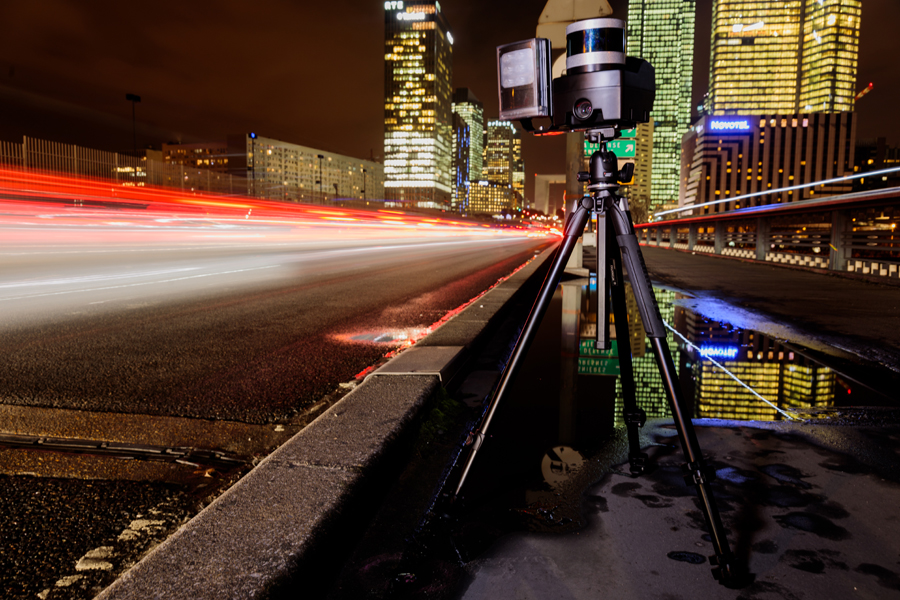
The growing number of inhabitants and vehicles leads to the increase in traffic jams and carbon emissions and has a direct impact on the urban environment. Cities face both economic and ecological challenges to deploy cleaner public transport in order to improve circulation flows. It is possible to easily regulate traffic jams and carbon emissions through functionalities such as vehicle counting, tracking and the real-time management of red lights. However, a deep analysis of data is obviously necessary to improve urban installations.
Collecting data is a substantial step to successfully digitalise cities and their urban planning. And precise statistics on mobility services are necessary, such as the daily number of vehicles, the classification, the most usual routes to name just a few. To make data collection possible, systems like the 3D Lidar-based Nano, designed by Parifex, are set up throughout the city to detect all the fixed and mobile objects in a 360-degree field of vision. Through the Nano-Cam, which incorporates a camera and 3D Lidar technology, many other situations, including speeding, running red lights, crossing the stop line, and more can be controlled.














